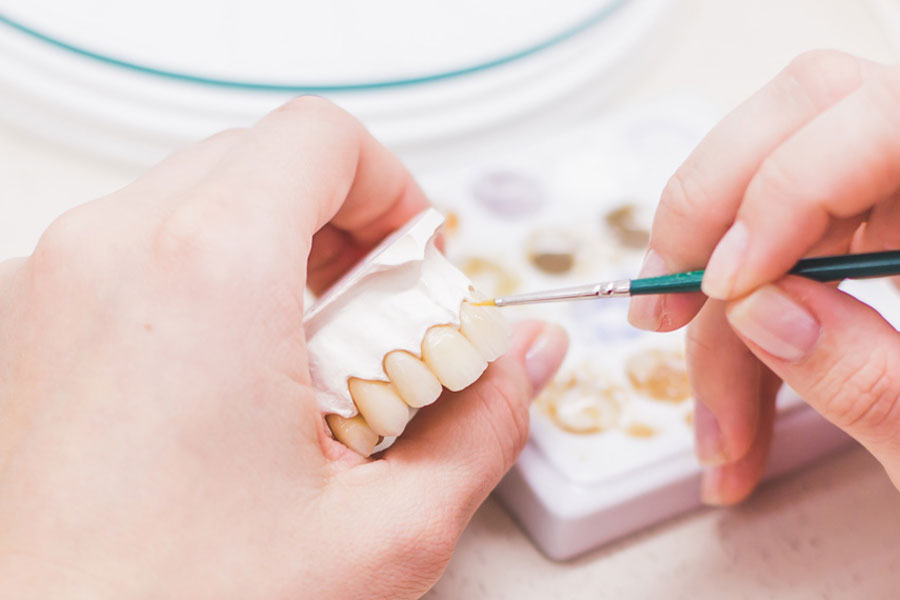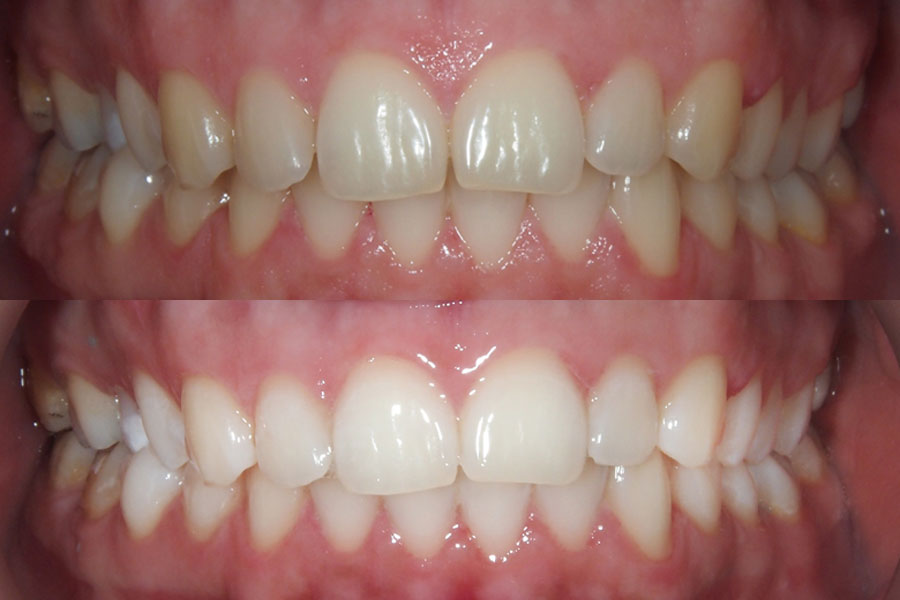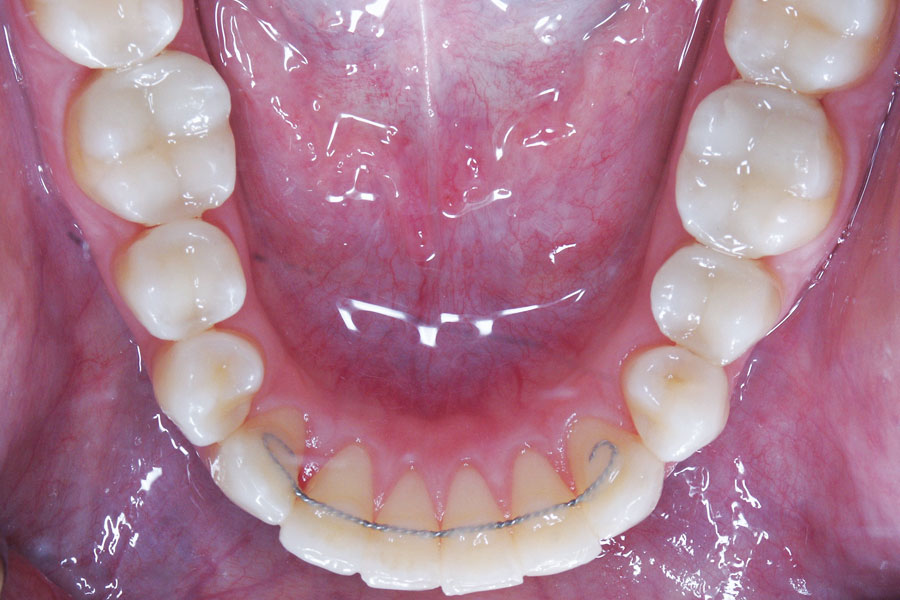Cosmetic Dentistry For Aesthetic Smile
Large number of dental procedures is at your disposal to ensure your oral health and aesthetics smile
Cosmetic Dentistry For Aesthetic Smile
Large number of dental procedures is at your disposal to ensure your oral health and aesthetics smile
SMILE AESTHETICS
In addition to good prevention, diagnosis and repair of dental structures, we place emphasis on aesthetics of the smile.
TOP QUALITY
Highly equipped dental laboratory where we make high quality ceramic bridges, crowns and veneers.
FUNCTION & AESTHETICS
Combinatio of two basic tasks – harmonious functioning of the masticatory system with modernaesthetic needs.
CAD / CAM
CAD / CAM is digital computer technology of the future – speed, quality, accuracy for all dental prosthetic works.
Dissatisfaction with a smile is a thing of the past. Today, we have at our disposal a whole range of dental procedures by which, in addition to oral health, we can achieve the attractiveness and beauty of a smile.
Cosmetic dentistry does not neglect its basic task – the harmonious functioning of the masticatory system, but follows today’s needs for aesthetics.
This area of dental medicine ( in addition to good prevention, diagnosis and repair of oral structures ) puts emphasis on aesthetics of the smile by providing the patient with healthy and beautiful white teeth.
It should be emphasized very clearly, however, that we believe how everything we do in the mouths of our patients must be performed to achieve superior aesthetic results.




